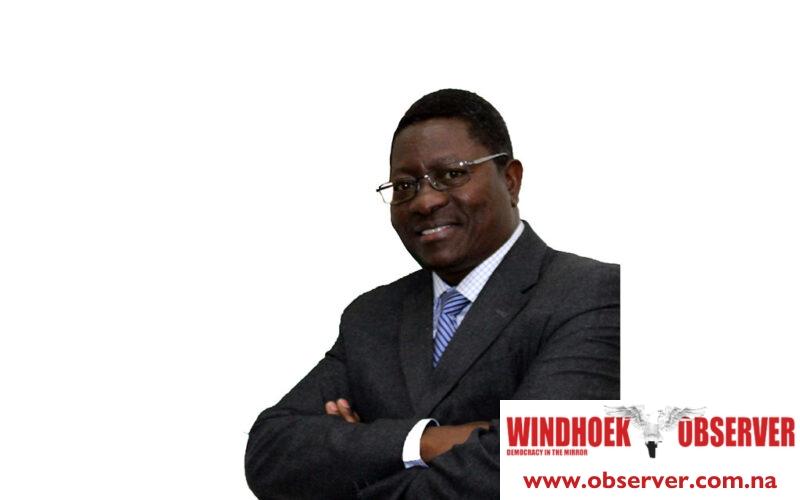This week, Eng. Stephen Dihwa, Executive Director, Southern African Power Pool Coordination Centre (SAPP) talks about the impact that the proposed Baynes Hydropower project by Namibia and Angola will have on the southern African region.
Observer Money (OM): The Namibian government has approved the signing of the agreement to develop the Baynes Hydropower project with Angola, what does the Baynes Hydropower project mean for SAPP?
Stephen Dihwa (SD): Baynes Hydropower Power project will provide much needed additional clean power supply in the SADC Region starting with Namibia. As Angola will then be interconnected to the rest to the region, this power can be traded to any of the SADC members.
OM: What other power generation projects are in the pipe line among SAPP members?
SD: There are several other power projects being developed by the SAPP member states. Some that have a significant regional impact are Mpanda Nkuwa hydro in Mozambique, Batoka hydro between Zambia and Zimbabwe, Inga in DRC, Luapula between Zambia and DRC, gas to power projects in Mozambique, Kudu gas to power in Namibia and various renewable energy projects.
OM: What is happening with the Inga Project, which was the subject of a lot of discussions in the past?
SD: The Inga project remains work in progress as its development is being spearheaded by the Agency for the Development and Promotion of Grand Inga Project (ADPI-RDC)) under the office of the President of DRC. There is now increased momentum on developing this project in phases with the first phase anchored on the agreement between DRC and South Africa and supply to Zambia, Zimbabwe and Botswana initially, but Namibia is now also being engaged. Grand Inga has capacity of 42,000 MW and DRC is preparing Phase 1 which is Inga 3 (11,050 MW) with support from the AfDB, AU and SADC Secretariat. SAPP will facilitate (provide support and technical assistance) to ensure that the required transmission infrastructure and interconnections are in place to evacuate the hydropower from Inga 3.
OM: It has been estimated that the budget for Baynes is US$1.2 billion and is expected to take six years to complete, how easy is it to fund generation projects in SAPP?
SD: Funding large generation projects requires a lot of capital and has long lead times due to their size, technical requirements, and potential environmental and social impacts that will need to be mitigated. While the funding of power projects in the region may be challenging, good project preparation through feasibility studies helps attract funding to the project. Financial institutions are concerned about the environmental and social issues which also require a sizeable investment in mitigation measures, resettlement, due to the displacement of natural habitat and displacement of people and their livelihoods, etc. A clear assessment of the required mitigations in advance makes it easier to attract funding. With the move towards climate change mitigation, hydropower projects are becoming attractive for funding and the current power deficit in the region provides more project motivation.
OM: What will the additional 600MW from Baynes mean for SAPP?
SD: Part of the Baynes power will supply Namibia and some of it will go to the other SADC states that are now in deficit. It will help improve the power supply – demand balance in the region.
OM: What is the current generation capacity among SAPP members and what is the current power deficit in SAPP?
SD: The current total installed generation capacity is 70 300 MW and the deficit is 4 700 MW at peak periods.




